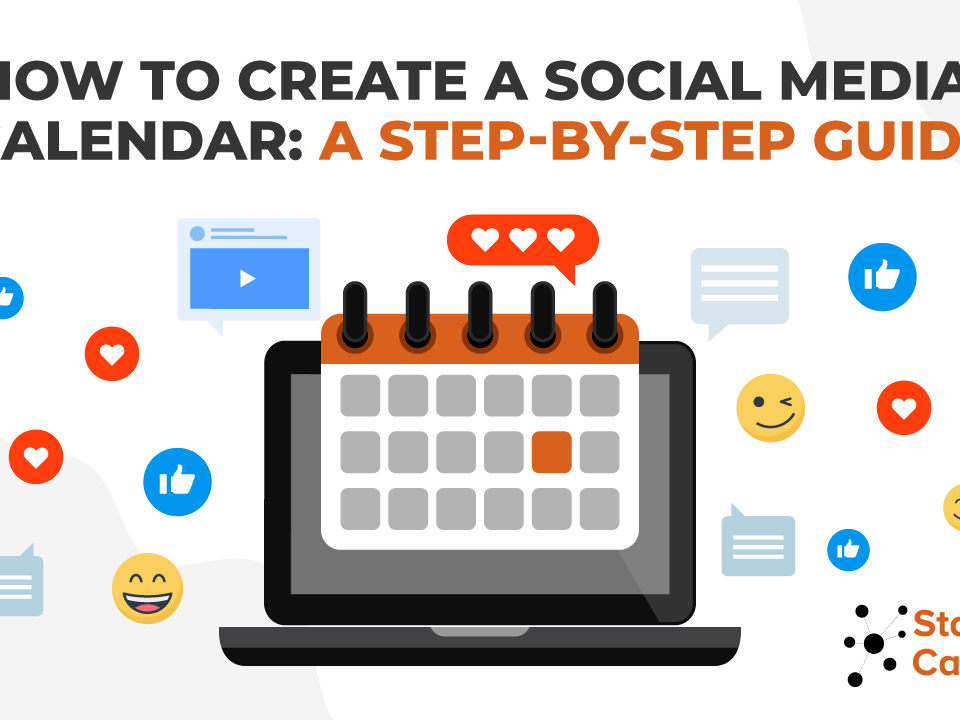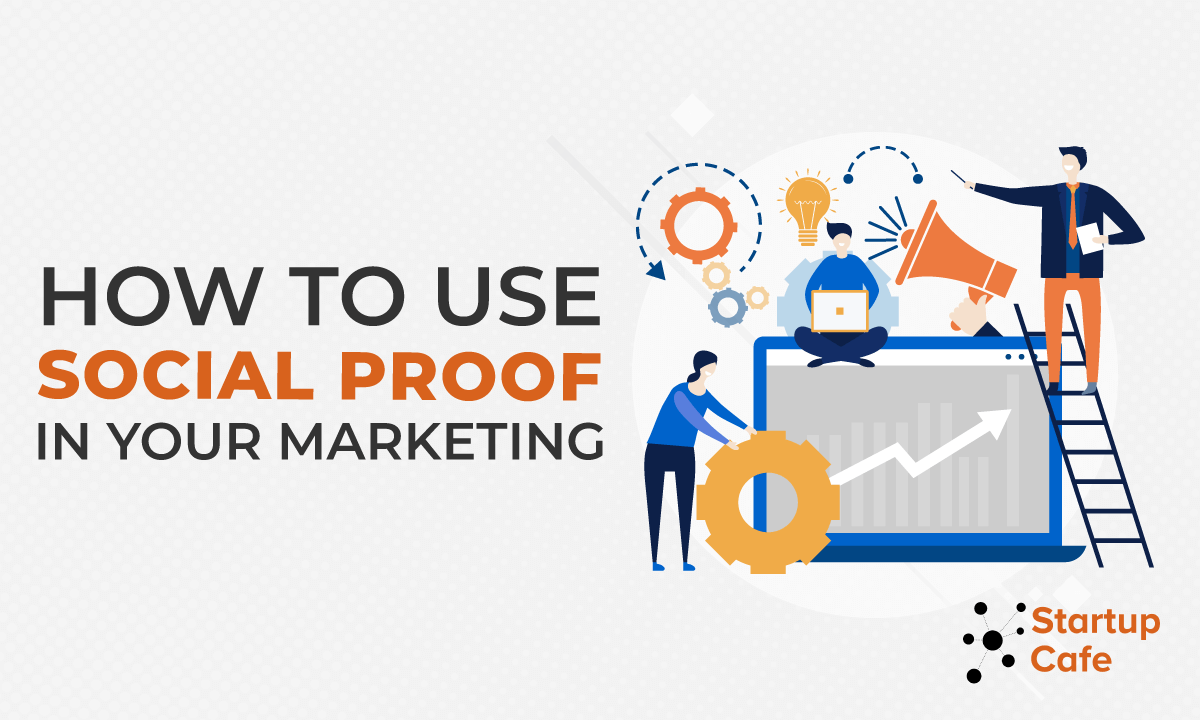
5 Effective Ways to Improve Your Website’s Domain Authority
August 4, 2016
7 Proven Growth Hacking Tactics To Get Instagram Followers for Free
August 15, 2016When it comes to implementing content marketing, majority of the companies have a plan to make it a part of their overall business strategy. But when it comes to measuring it, most of the companies have no clue how to go about it.
A recent research conducted by Content Marketing Institute aimed to unravel what distinguishes effective content marketers from their less effective peers. You can download the entire report here which reveals some key findings in the area of content marketing. The report also explains some of the common tactics used by content marketers, which social media distribution channels they use, and what percentage of the marketing budget is allotted to content marketing. It’s an interesting research report with useful insights into content marketing.
For the purpose of this article, let’s deep dive into two of the report’s key findings:
- Only 38% of B2B and 37% of B2C marketers rate their use of content marketing as effective.
- Only 21% of B2B and 23% of B2C marketers indicate they are successful at tracking the ROI of their content marketing programs.
The research revealed that most B2B and B2C marketers face the following challenges in content marketing (ranked high to low):
- Lack of content creation resources
- Lack of an effective strategy
- Budget constraints
- Inability to measure effectiveness
- Lack of cross-channel integration
- Lack of employee skills
- Lack of a variety of content types
- Lack of management support
As you can see, both B2C and B2B content marketers think that measuring content marketing ROI is one of the biggest obstacles for content marketing success. What makes it an even bigger challenge is the fact that most marketers are still at a loss when it comes to measuring content marketing ROI.
Luckily, most of the content marketing is distributed digitally which makes all of it measurable. But it isn’t easy and it requires a lot of work. Thankfully, there are numerous tools which can make the job of measuring content marketing ROI a lot simpler. So let’s explore some of the ways in which we can ensure that our content marketing efforts are moving in the right direction.
Metrics Commonly Used in Measuring Content Marketing ROI
A recent research conducted by HubSpot shows 7 metrics commonly used to measure content marketing. Here are the metrics ranked high to low:
- Traffic
- Sales
- Conversions
- SEO Rank
- Time on Site
- Customer Feedback
- Subscriber Growth
The first thing to do while measuring content marketing ROI is to set benchmarks, objectives, and of course, key performance indicators (KPIs). HubSpot specifies that the less you know about KPIs, the less likely you are to meet your revenue goals.Remember, content marketing is not like an ad campaign. Content marketing takes time. While you can see some improvement in the short term (such as traffic), you need to allow at least 6 months to 1 year to get a handle on meaningful content marketing metrics.
Unlike a campaign which involves heavy investment with limited value in short time, content marketing provides increasing value over time. Companies that analyze their content marketing efforts on a consistent basis are often rewarded with more leads and customers. These companies often measure content marketing by first identifying the objectives and then attaching specific KPIs to those objectives. The data obtained from content analysis is then used to refine their subsequent content marketing efforts. When it comes to measuring content marketing ROI, there are three types of metrics that matter.
3 Types of Content Marketing Metrics
- Consumption Metrics aka Basic Metrics
- Engagement Metrics
- Conversion Metrics
Let’s deep dive into each of these types.
Consumption Metrics
These are the basic content marketing metrics which can be measured with Google Analytics. As the name suggests, these metrics are those that deal with how your website content is being consumed – the total number of visits, unique visits, traffic sources, etc. If you’re just getting started with content analytics, then consumption metrics are a recommended starting point. The consumption metrics will answer all the fundamental questions pertaining to content and provide you with an overview of how your current content strategy is performing.
The key consumption metrics can be measured via Google Analytics and through the analytics offered by the Email Service Provider that you are using.
Google Analytics
Below are the consumption metrics you can track via Google Analytics:
- Users – These are total number of unique visitors to your website in a given period.
- Referral traffic – sources from around the web. Ex: Flipboard, News360, Tumblr, etc.
- Page views – the total number of times a particular page on your website, be it be a blog post, home page, or product page was viewed.
- Unique page views – combines page views that are generated by the same user during the same session
- Mobile visits – the number of visitors who are consuming your content on a mobile device. If a large portion of your visitors are viewing content on a mobile device, then you need to create content in formats that are easy t view on a mobile device.
- Location – This is yet another key metric which needs to be tracked on a regular basis and it can really help you in your content creation process. You need to ensure that majority of your traffic is coming from a region that comprises of your target audience.
Google Analytics Dashboard Offering an Overview of All the Basic Metrics
Another critical component in measuring content marketing ROI is too see how your company’s email marketing tactics are performing. According to iContact, customers who receive email newsletters typically spend 82% more money. So be sure to measure the effectiveness of your email content. This can be measured easily via analytics offered by your Email Service Provider (Mailchimp, Klaviyo, AWeber, etc.). Here are some common email marketing KPIs that you need to measure regularly:
- Open rates: Whether your subscribers will open your email or not depends very much on your subject line. Spend some time coming up with an optimized subject line to ensure that your email has a high open rate.
- Clicks: The number of clicks that you email gets is an important KPI in measuring the efficacy of your email marketing strategy. This is especially true if you have included links to different blog posts in your email.
Mailchimp Dashboard Showing an Overview of Open Rate & Clicks
Engagement Metrics
Some marketers stop measuring content marketing with consumption metrics as it provides the most fundamental data on what’s working and what’s not to marketers. But if you delve a little deeper, you will gain a deeper understanding of how your audience is interacting with your content and how much time they spend on your website. According to Chartbeat, visitors who read your article for 3 minutes return twice as much as those who read for one minute. Engagement metrics are critical to establishing and fostering a relationship with your audience and increase customer loyalty.
The key engagement metrics can be categorized into two – engagement on website, measured via Google Analytics and engagement on social media, measured via analytics offered by social media channels (Facebook Insights, Twitter Analytics, etc.) and measured via Email.
Google Analytics
These are key engagement metrics you need to measure via Google Analytics:
- Average time spent on site: If the average time spent on a blog post is 1 minute and the average time spent on another blog post is 4 minutes, this gives you a clear indication as to what type of content is more engaging to your audience.
- Pages/Session: The total number of pages a user visits while browsing your website. This is a good indicator of the extent to which the user is engaging with your content.
- New vs Returning: The number of new visitors vs the number of returning visitors to your website. The returning visitors are the one who really like the content on your website. On the other hand, it’s also useful to gauge how many new visitors your website is attracting on a daily/weekly/monthly basis.
- Referral traffic: These are websites that are sharing and linking to your content. Ex: Flipboard is one of the top referrers for blogs.
- Lead capture forms: For gated content such as eBooks, case studies, and whitepapers, the number of contact forms filled and submitted is a good indication of how well a particular piece of content is able to capture leads.
Social Media
- Shares/Retweets: How often is your content shared/retweeted/pinned on social media? This is a key metric as it indicates the virality of your content and the fact that it’s resonating with your target audience.
- Comments: If a user is taking the effort to comment on your social media post, this is a good indicator of how engaged your community is.
- Follower/Fan growth: Take into account the most engaged users in your community as well as new page likes/followers. These are the users who will be more likely to engage with the content posted on social media.
- Subscriber growth: It’s highly critical that you track the growth of your subscriber list on a weekly basis. The new subscribers, just like new followers, are more likely to engage with your content.
- Unsubscribes: Is your content annoying users? Do you get 3-5 unsubscribes/opt-outs with every email that you send? If the number of unsubscribes is high, you may need to revamp your email marketing content strategy or even your overall content strategy.
Mailchimp Analytics
Conversion Metrics
According to the Content Marketing Institute, lead generation, sales, and lead nurturing are among the top business goals for content marketers. So it’s understandable why conversion metrics play an important role in determining the ROI for content marketing.
Before analyzing conversion metrics, it’s imperative that you define the following:
- What a lead is to your company
- What counts as a conversion
Once you have determined the answers to these questions, you can then move on to tracking the conversion metrics. Conversion goals can be easily set up on Google Analytics. This will enable you to measure to what extent you are achieving your business objectives through your content. Here are some lead generation measurement tactics:
Google Analytics
- Goal completions: Setting up goals in Google can help you understand the effectiveness of your content in capturing relevant leads. These goals can be contact form completion, media kit downloads, brochure downloads, etc.
- Goal conversion rate: This is calculated by dividing the total number of goal completions by total number of sessions.
- Transactions: With the right filters applied, you can see what percentage of online revenue your blog has contributed to.
Conversions Setting in Google Analytics
- Subscriber/Newsletter Signup: Measuring the number of people who have subscribed to your blog or company newsletter.
Social Media
- Conversion Tracking: If you have promoted any of your Facebook posts or Twitter tweets, you can measure the ROI of the promoted content taking into account the actions the users take after viewing your content.
In Summary
When content marketing ROI is measured in an effective manner, it allows you to position yourself as a thought leader or an authority within your industry. It provides with you an opportunity not just to market your brand, but also to offer key insights and information to your target audience.
The golden rule of content marketing is the 80:20 rule. Only 20% of the content on social media/website should be aimed at selling your brand to the target audience. The remaining 80% should be aimed at educating and engaging your target audience. When you have finally succeeded in establishing credibility and authority within your target audience, they will eventually buy products/services from you. If you can convince them, you can convert them!
According to a study conducted by CMO Council, 78% of the consumers believe that companies providing custom content are interested in building meaningful relationships with their customers. This is the reason why being able to track content marketing ROI becomes a critical factor in defining the success of your various content marketing activities. As the CMI report indicates above, very few marketers are able to evaluate the effectiveness of their content marketing activities.
We hope the insights provided in this article will help you measure the effectiveness of your content marketing strategies and help you tailor your content to achieve content marketing success.
What are the key metrics you use at your company to measure content marketing ROI? How have they enabled you to refine your content strategy? Let us know in the comments section below.




